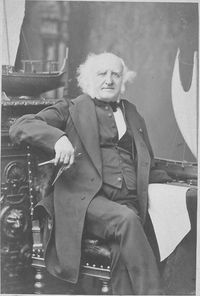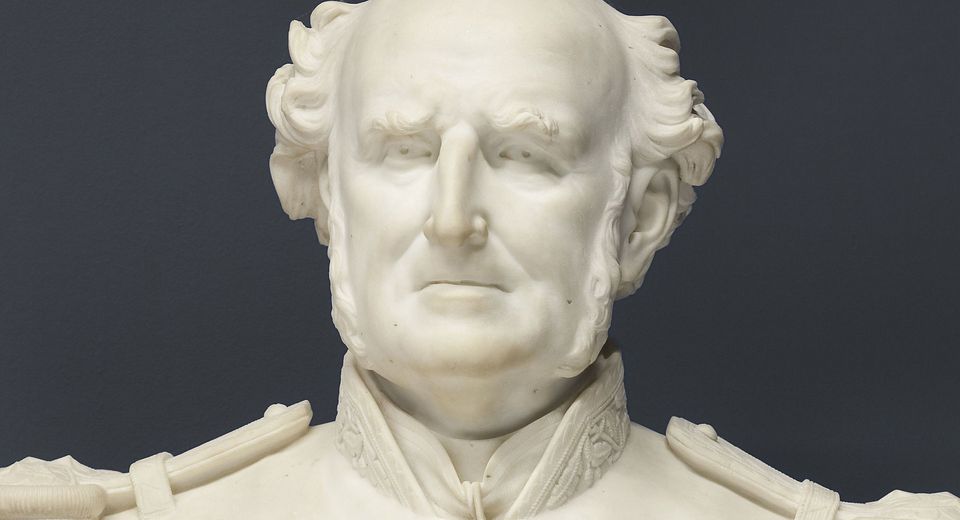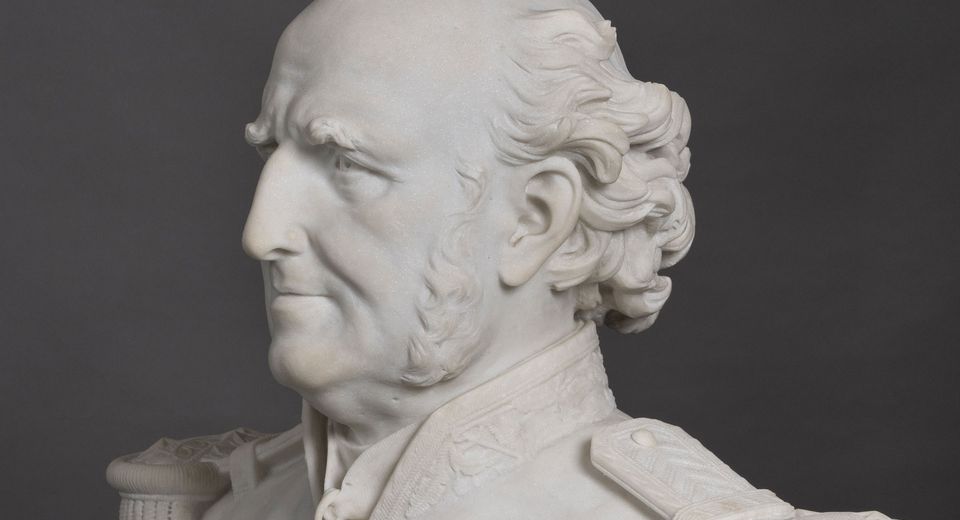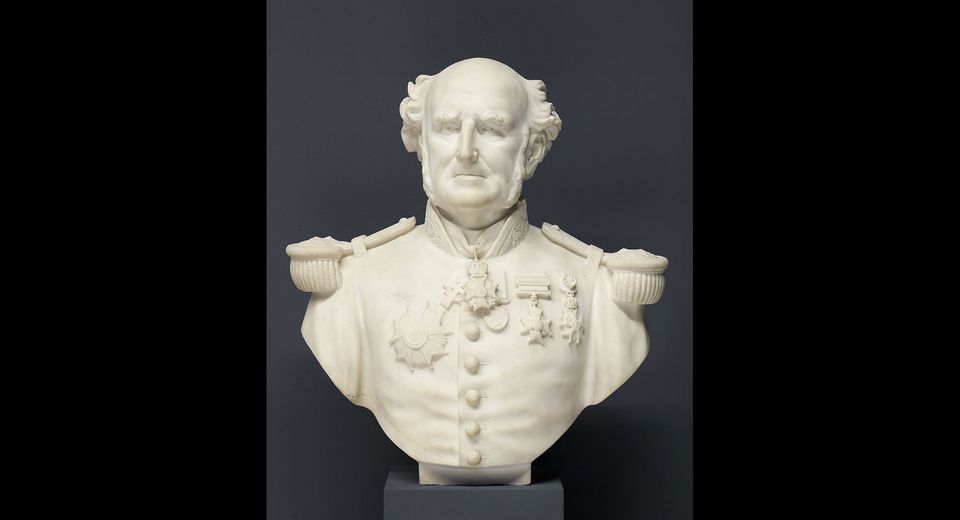Bust of Admiral Pâris
Port-Louis
A first-rate sailor and talented draughtsman and watercolourist, Edmond Pâris (1806-1893), better known by the name of Admiral Pâris, played a major role in the development of steamships and is regarded as the initiator of naval ethnography. His insatiable curiosity and extensive knowledge of naval architecture across the world led him to take over management of the Naval Museum in 1871, a post that he held until his death.
Biography
François-Edmond Pâris was born in Paris in 1806 and arrived in Brittany when he was 7 years old. In 1820, demonstrating an aptitude for drawing and mathematics, he enrolled in the Royal Naval College in Angoulême with a view to becoming a naval officer.
After two years of theoretical instruction, he continued his training in Brest, developing his technique as a painter under the aegis of the Navy painter Pierre-Julien Gilbert (1783-1861). In September 1822, his first voyage on a navy vessel took him to the Eastern Mediterranean.
Starting in 1826, he made at total of three round-the-world voyages. He lost his left arm in Puducherry in 1837. During his voyages, he paid close attention to the ships that crossed his path, observations that led to the publication of a founding work in the field of naval ethnography in 1843: Essay on Shipbuilding by Non-European Peoples.
He was promoted to Rear Admiral in 1858 and in 1864 he took over the management of the Navy’s Depot of Maps and Plans, going on to join several learned societies including the Bureau of Longitudes, which worked on mariners’ astronomical calculations.
He became Director of the Maritime Museum in 1871.
He died in 1893 and was buried in Père Lachaise Cemetery in Paris.
Pâris, director at the Louvre
 Enlarge image : Photo de l'amiral Pâris dans son bureau au Louvre
Enlarge image : Photo de l'amiral Pâris dans son bureau au Louvre
© Coll. J. Coutant/Droits réservés
Edmond Pâris received a great many distinctions over the course of his career, in particular for the research he carried out in the field of steam propulsion. He was awarded the Grand Cross of the Legion of Honour in 1880.
In 1871, he became Director of the Naval Museum, which was housed in the Louvre at the time (it moved to the Trocadéro in 1943). He used his curator’s salary to create display cases and improve the conditions under which items were exhibited, donating a large part of his own library to the Museum along with the plans he had created during his voyages around the world. Intent on preserving a record of ships that had made or were about to make their final voyage, he extended the Museum’s collections to cover naval history and architecture as well as other maritime creations such as lighthouses and the Suez and Panama Canals.
Pâris also gave fresh momentum to enrichment of the Museum’s collections by drawing up a collection development plan and creating a model-making workshop. Around 1,000 new items were added to the collections between 1871 and 1893.
Largely thanks to Admiral Pâris, the National Maritime Museum conserves an outstanding collection of maritime items from all over the world.
Collection highlight
The essential works to see during your visit to the Musée national de la Marine in Brest, Port-Louis, Rochefort, Toulon, and soon in Paris.



